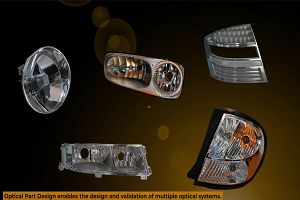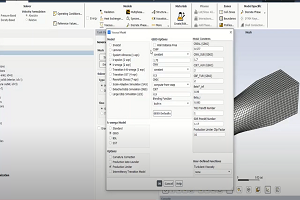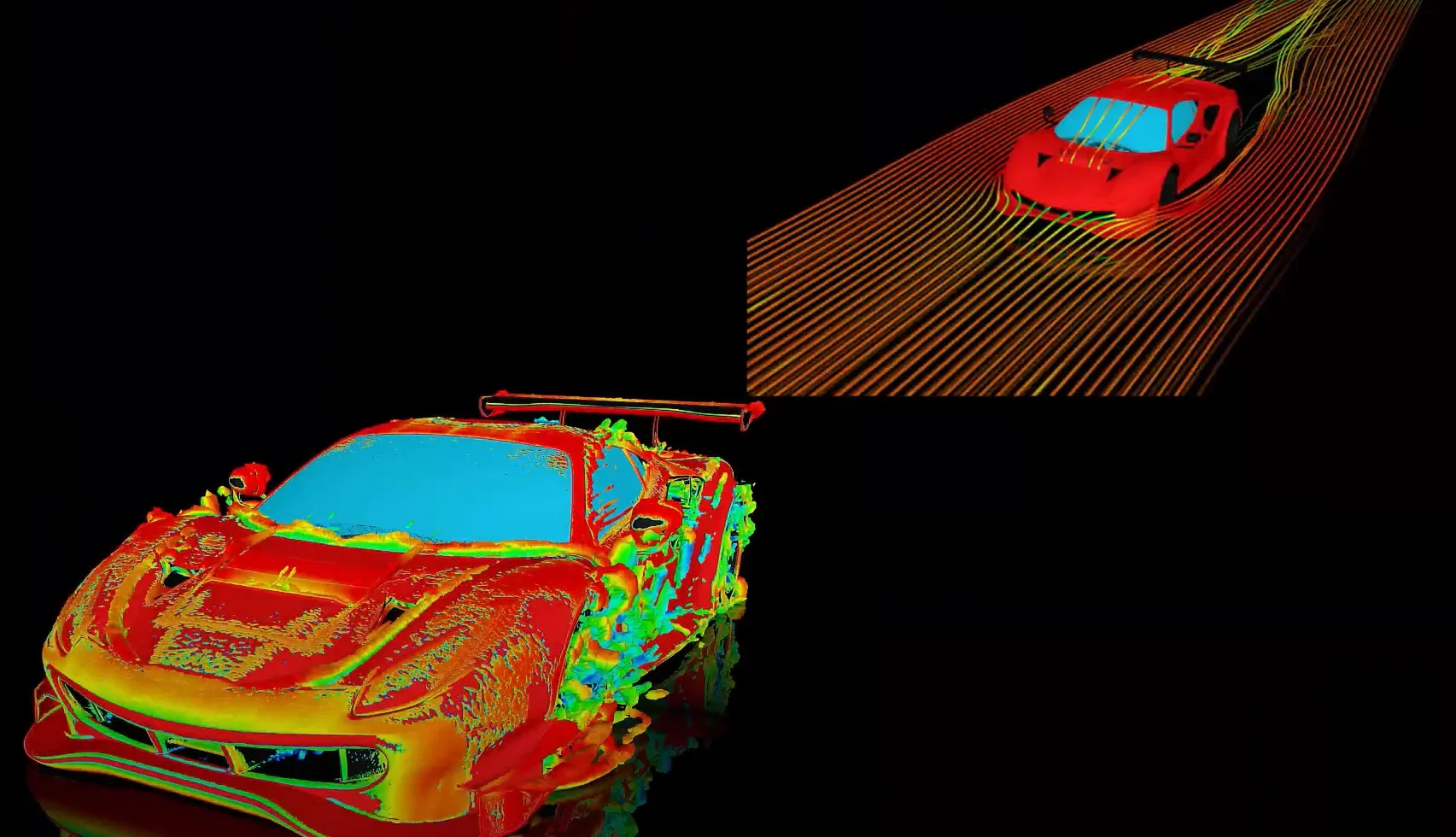Tagged: 2019 R2, ensight, fluid-dynamics, Visualize Data
-
-
April 13, 2023 at 7:32 am
 SolutionParticipant
SolutionParticipantIn the context of an In Cylinder model, it is often useful to have a clip through the cylinder which moves with the piston motion. In the simplest form, you want a clip which is half way between the top of the combustion dome and the piston surface. You can then maintain at a position relative to the top and bottom (eg 25%, or 50% of cylinder height). A similar operation can be done to maintain a fixed distance from some moving reference geometry. (eg 5 mm above piston at all times). The attached video, Single Moving Clip Relative to Cylinder Height.mp4 illustrates a clip which maintains itself at 1/2 cylinder height throughout the cycle. It is in essence at a location half way between the piston and combustion dome. You can easily create additional clips at different locations (instead of 50%, create multiple clips at 20%, 40%, 60%, 80% of cylinder height using the same method) as shown in: Multiple Moving Clip Planes Relative to Cylinder Height.mp4 Using a very similar approach, you can maintain a fixed distance (instead of relative to cylinder height as shown above). In this method, you use a single reference geometry, and specify that the clip is at some fixed distance relative to the reference moving geometry as shown in: Clip Planes offset at fixed distance from moving object.mp4 So, how would you go about creating such clip planes in EnSight? The method here presented uses the fact that a clip plane can be considered an IsoSurface of a Coordinate location. For the creation of Clips relative to Cylinder Height (as a % of Cylinder Height): Step 1: Select the Fluid parent corresponding to the cylinder Step 2: Calculate the component in the cylinder movement direction (this case Z): CoordZ = Coordinates[Z] Step 3: Calculate a Min and Max value of CoordZ: MinZ = Min(plist,CoordZ) MaxZ = Max(plist,CoordZ) Step 4: Calculate a new Normalized Z coordinate: Normalized_Z = (CoordZ – MinZ)/(MaxZ-MinZ) Step 5: Create an isosurface of Normalized_Z. A value of 0.5 will always remain ½ way between top and bottom of fluid domain. Multiple isosurfaces with initial value of 0.2, 4 values, with offset = 0.2 will yield 4 surfaces at 20%, 40%, 60%, 80% of cylinder volume height. For the creation of Clips Offset from the Piston (fixed location relative to reference): Step 1: Select the Fluid parent corresponding to the cylinder Step 2: Calculate the component in the cylinder movement direction (this case Z): CoordZ = Coordinates[Z] Step 3: Selecting just the Piston, calculate a Max value of CoordZ: MaxZ_cylinder = Max(plist,CoordZ) Step 4: Calculate a new Relative Z coordinate : Relative_Z = (CoordZ – MaxZ) Step 5: Create an isosurface of Relative_Z. This can be specified in model units (for example in this model, a value of 5e-3 will be 5 mm above piston
Attachments:
1. 2060054.zip
-


Introducing Ansys Electronics Desktop on Ansys Cloud
The Watch & Learn video article provides an overview of cloud computing from Electronics Desktop and details the product licenses and subscriptions to ANSYS Cloud Service that are...

How to Create a Reflector for a Center High-Mounted Stop Lamp (CHMSL)
This video article demonstrates how to create a reflector for a center high-mounted stop lamp. Optical Part design in Ansys SPEOS enables the design and validation of multiple...

Introducing the GEKO Turbulence Model in Ansys Fluent
The GEKO (GEneralized K-Omega) turbulence model offers a flexible, robust, general-purpose approach to RANS turbulence modeling. Introducing 2 videos: Part 1 provides background information on the model and a...

Postprocessing on Ansys EnSight
This video demonstrates exporting data from Fluent in EnSight Case Gold format, and it reviews the basic postprocessing capabilities of EnSight.

- How to overcome the model information incompatible with incoming mesh error?
- Skewness in ANSYS Meshing
- What are the requirements for an axisymmetric analysis?
- Ansys Fluent GPU Solver FAQs
- Is there a way to get the volume of a register using expression ?
- How to create and execute a FLUENT journal file?
- What are pressure-based solver vs. density-based solver in FLUENT?
- What is a .wbpz file and how can I use it?
- How to get information about mesh cell count and cell types in Fluent?
- How can I Export and import boxes / Systems from one Workbench Project to another?

© 2025 Copyright ANSYS, Inc. All rights reserved.

